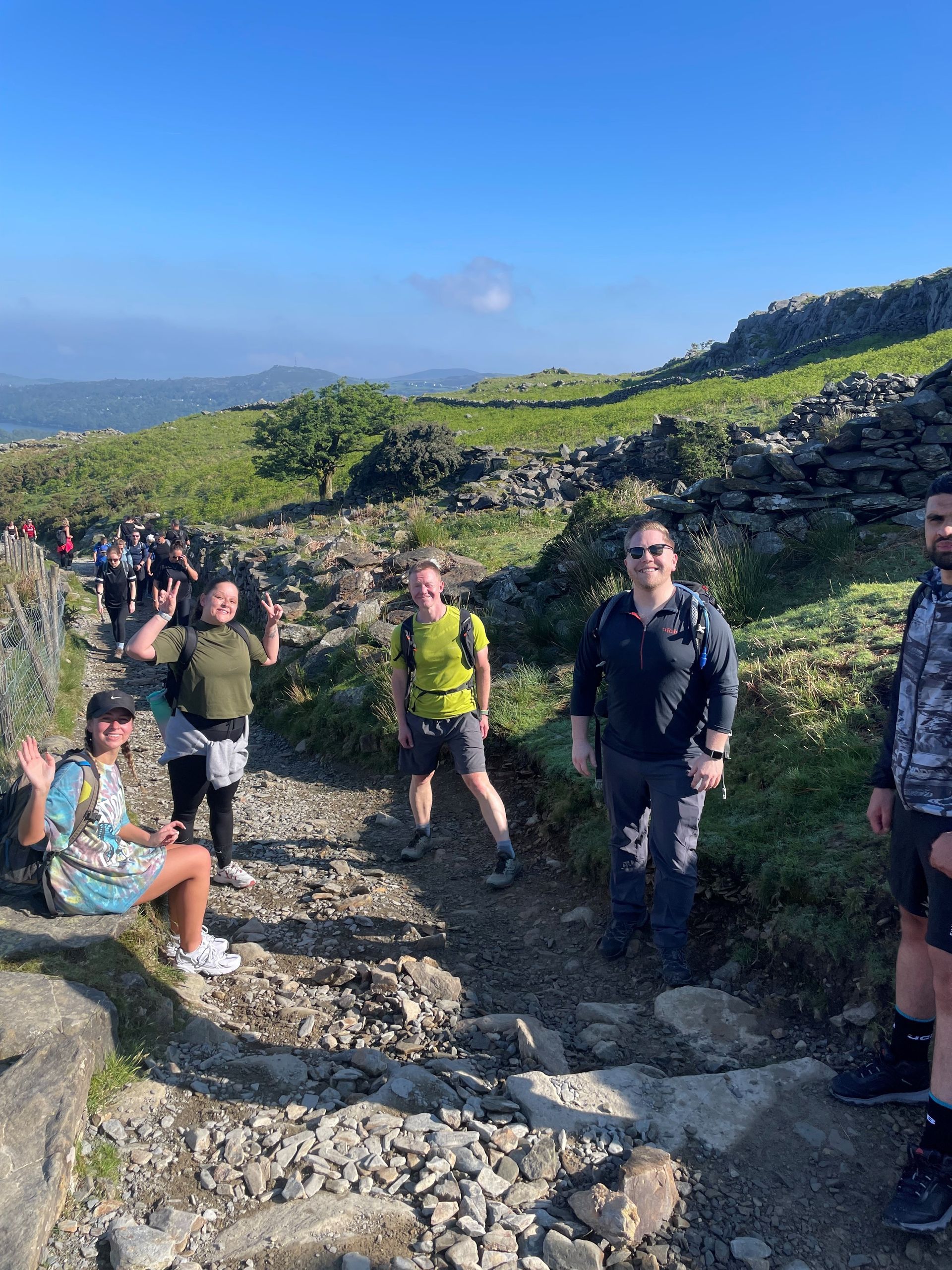28 March 2025
The world of design engineering is evolving fast. Traditionally, landing a role in this field meant you needed a degree, a portfolio and maybe some experience. But today? Employers are focusing more on the skills you bring to the table than where your degree came from. With the rise of emerging sectors like AI, green energy and tech-driven design, it’s clear: skills are now the top priority. So, what does this mean for you as a design engineer? Let’s dive into the shift towards skills-based hiring and what it means for your career. Why Are Employers Shifting Toward Skills Over Degrees? The landscape of design engineering is changing, with industries demanding faster innovation and greater flexibility. Whether you’re designing smart products, developing sustainable infrastructure or working on AI-driven designs, employers need people who can jump in and contribute from day one. Degrees? Great, but what they’re really after are those hands-on, technical skills that make you capable of producing real-world results. This shift is part of a broader trend in industries like AI and green tech, but it’s also making waves in design engineering. For job seekers, this is an exciting opportunity. No longer do you have to spend years in a classroom to prove your worth. Instead, it's all about building and showcasing your skills, whether it’s through projects, certifications, or the software tools you’ve mastered. The Rise of Skills-Based Hiring in Design Engineering In design engineering, employers are looking for specific, measurable skills. From proficiency in CAD software like AutoCAD and SolidWorks to expertise in simulation software or sustainable design principles, it's your practical experience that matters most. AI and Design : AI-driven design is becoming more prevalent, with machine learning algorithms helping engineers create optimised designs faster and more efficiently. If you have experience using AI tools in design, or can demonstrate how you’ve integrated these technologies into your workflow, you’re ahead of the game. Green Engineering : Sustainability is a huge focus in today’s design engineering landscape. Green design principles are being adopted across sectors, from renewable energy solutions to sustainable architecture. Skills in energy-efficient design, eco-friendly materials and green building certifications (like LEED) are becoming increasingly valuable. The bottom line? Employers want evidence that you can apply your skills to solve real-world problems. The more hands-on experience you have, the better your chances are—degree or not. What Does This Mean for Design Engineers? If you’re a design engineer (or aspiring to be one), here’s what you need to know to stay competitive in this new skills-first job market: Master Relevant Software : Whether it’s CAD tools, 3D modeling, or simulation software, proficiency in industry-standard tools is a must. Design engineers are expected to be fluent in these technologies, and the more tools you’re comfortable with, the better your chances of standing out. Gain Experience in Emerging Technologies : Familiarity with AI, automation or additive manufacturing (3D printing) can give you a massive edge. Employers in both traditional and emerging sectors are increasingly looking for engineers who can apply cutting-edge technologies to their designs. Build a Portfolio : A strong portfolio is your best friend. Show potential employers exactly what you’re capable of by showcasing completed projects, prototypes or design solutions. A portfolio is the best way to demonstrate your skills, and in many cases, it speaks louder than any degree could. Consider Certifications : Certifications in specific design software, sustainable design practices, or emerging technologies can help set you apart. Platforms like Coursera, LinkedIn Learning and Autodesk offer courses that give you tangible credentials to show employers you’re on top of your game. Real-World Examples: Companies Embracing Skills-Based Hiring Wondering if this skills-based shift is actually happening? The answer is yes, and some of the most innovative companies are leading the charge. Tesla : Known for its cutting-edge engineering, Tesla values practical skills over formal education. Whether it’s designing energy-efficient products or developing AI-driven systems, Tesla often looks for engineers with hands-on experience and a proven track record in applying skills to real-world problems. General Electric (GE) : As a major player in industries like renewable energy, GE has shifted to focus more on skills-based hiring. They value engineers who can design efficient systems, work with the latest technologies and think outside the box, regardless of their formal education background. Autodesk : The creators of the industry-leading CAD software have long been advocates for skills-based hiring. Autodesk encourages professionals to upskill through their online learning platform and offers certifications that help engineers prove their expertise. How Can You Leverage This Shift in the Job Market? Highlight Practical Skills : On your CV and in interviews, focus on the specific tools, technologies and methodologies you’ve mastered. Don’t just list degrees—highlight projects where you’ve applied your skills. Stay Current : In the ever-evolving world of design engineering, staying on top of the latest trends is crucial. Keep learning and adapting to new technologies, from AI to green energy systems. This shows employers you’re not just a “one-trick pony” but someone who can grow with the industry. Network and Build Your Reputation : Join design engineering communities, attend industry events and build your personal brand online. Networking with professionals in the field can open up opportunities, whether it’s for mentorship or collaborations on high-impact projects. Upskill Through Courses : If you feel there’s a gap in your skill set, don’t hesitate to take a certification course or attend workshops. Platforms like LinkedIn Learning or Udemy offer great ways to level up your skills and gain certificates that employers value. Overall The shift towards skills-based hiring is a game-changer for design engineers. With the rise of AI, green technologies and innovative design practices, employers care more about what you can do than where you went to school. If you focus on building your skills, staying current with industry trends and showcasing your experience through a strong portfolio, you’ll be well-positioned to take advantage of this new job market. Ready to take your career to the next level? Reach out and we will help you sharpen your skills, stay ahead of the curve and land your next design engineering role.






